4×4 Reviews
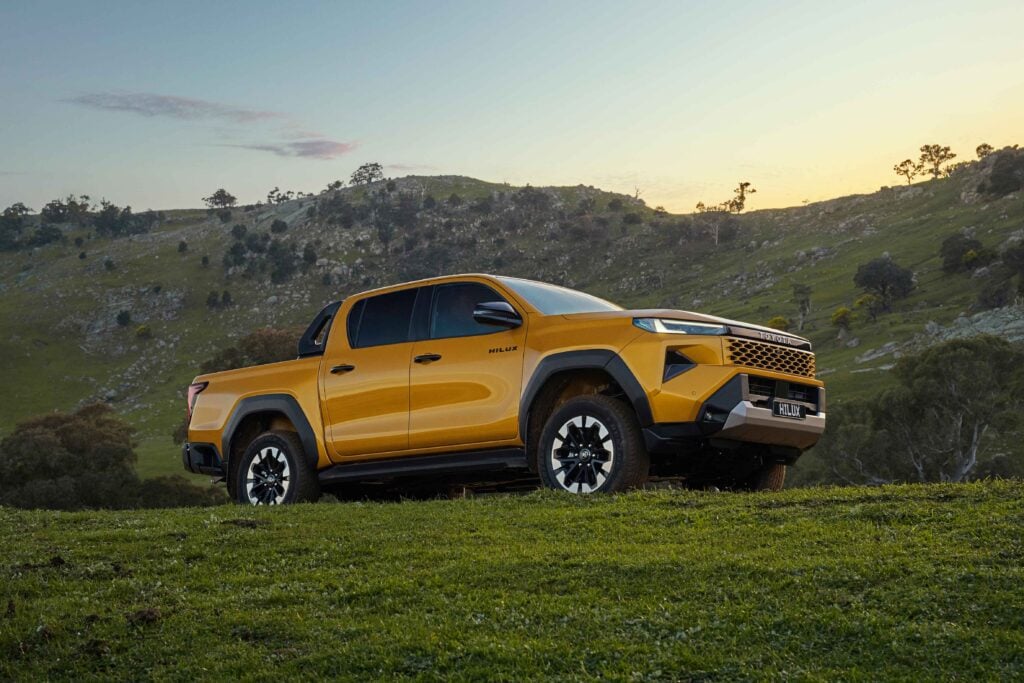
2026 Toyota HiLux: Our first drive impressions
Is the new HiLux an improvement over its hugely successful predecessor? We sample it to find out!

Kitted-out VW Amarok built for bush-and-beach escapes
Ken is a repeat offender when it comes to cool, kitted-out Amaroks… and this one is just his latest project
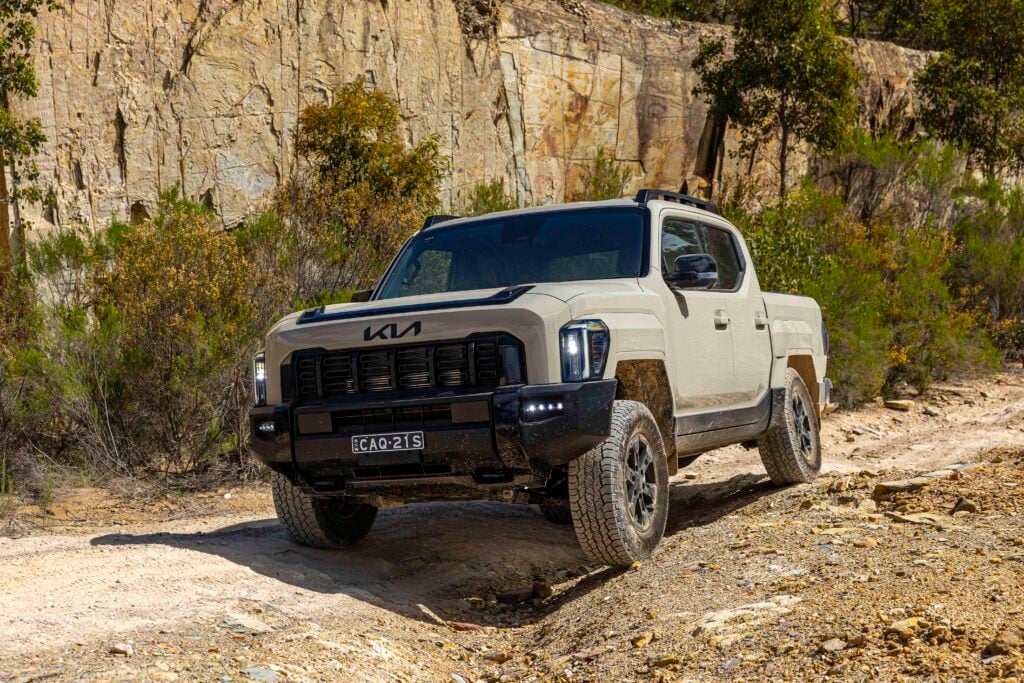
Living with the 2025 Kia Tasman X-Pro: Long-term review
We add a Kia Tasman to the 4×4 shed for our adventures over summer
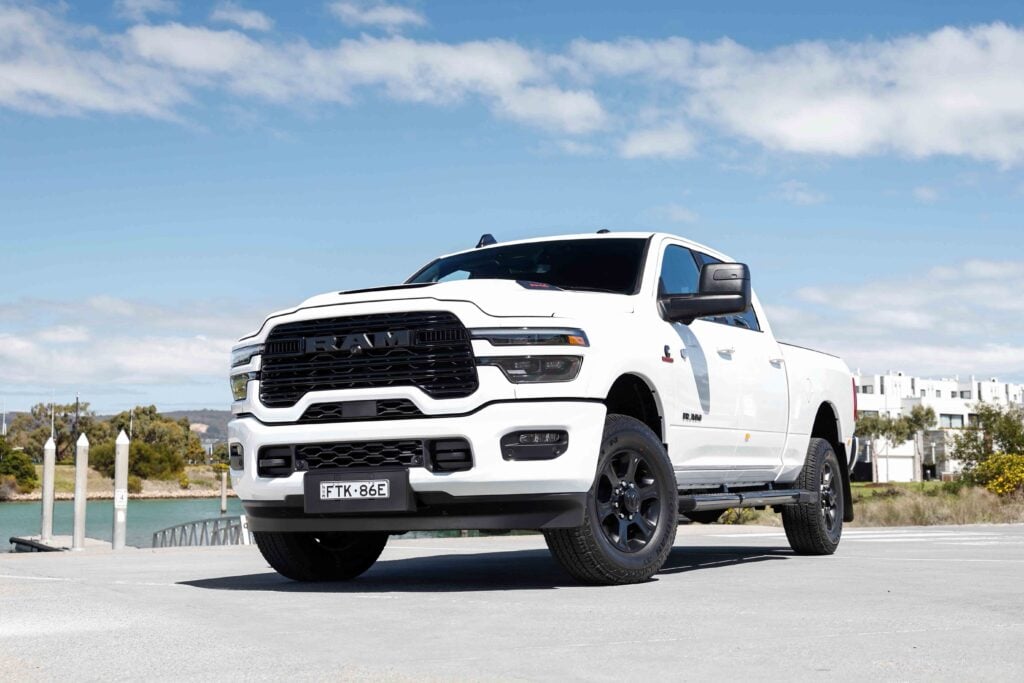
2025 RAM 2500 and 3500 HD launch review
Bigger is better with US trucks, and the HD line of Ram trucks proves to be the go-to for big loads

EvaKool’s Prado fuses retro styling with serious off-road ability
This Prado showcases top-tier products and innovative 4×4 engineering
2025 Jeep Gladiator Rubicon review: Tackling trails in the updated off-road icon
Jeep Australia has cut the price and boosted the standard equipment in the Gladiator Rubicon, so we grabbed one for a week to see if it still lives up to its formidable reputation
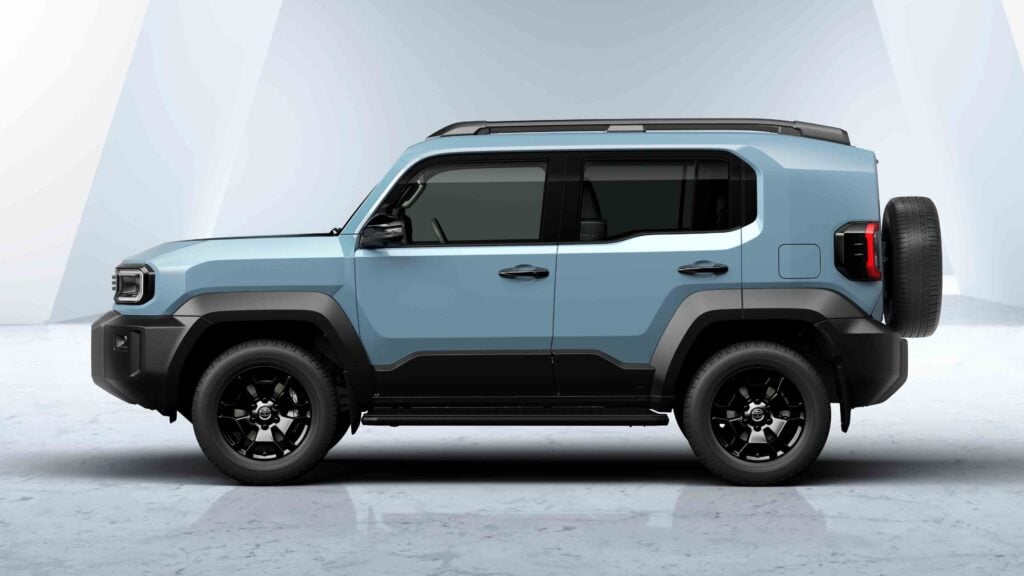
How the new Toyota LandCruiser FJ stacks up against the Prado and 300 Series
Toyota has released key specs for its upcoming FJ, and we’ve compared it with its larger Prado and 300 Series siblings
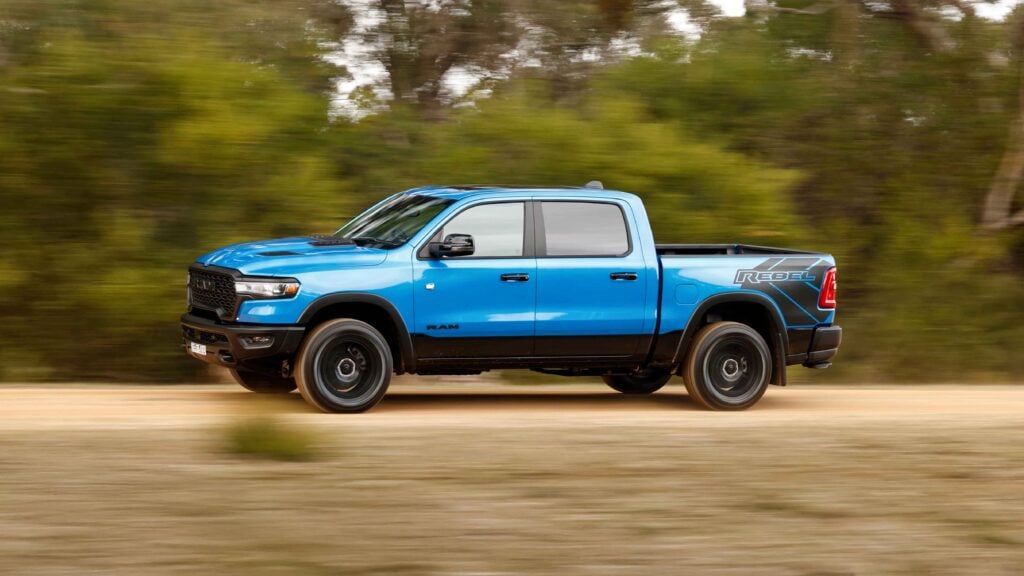
Spec battle: Ram 1500 Rebel vs Chevrolet Silverado ZR2 vs Ford F-150 vs Toyota Tundra
A side-by-side spec showdown including towing, payload, off-road geometry and more!
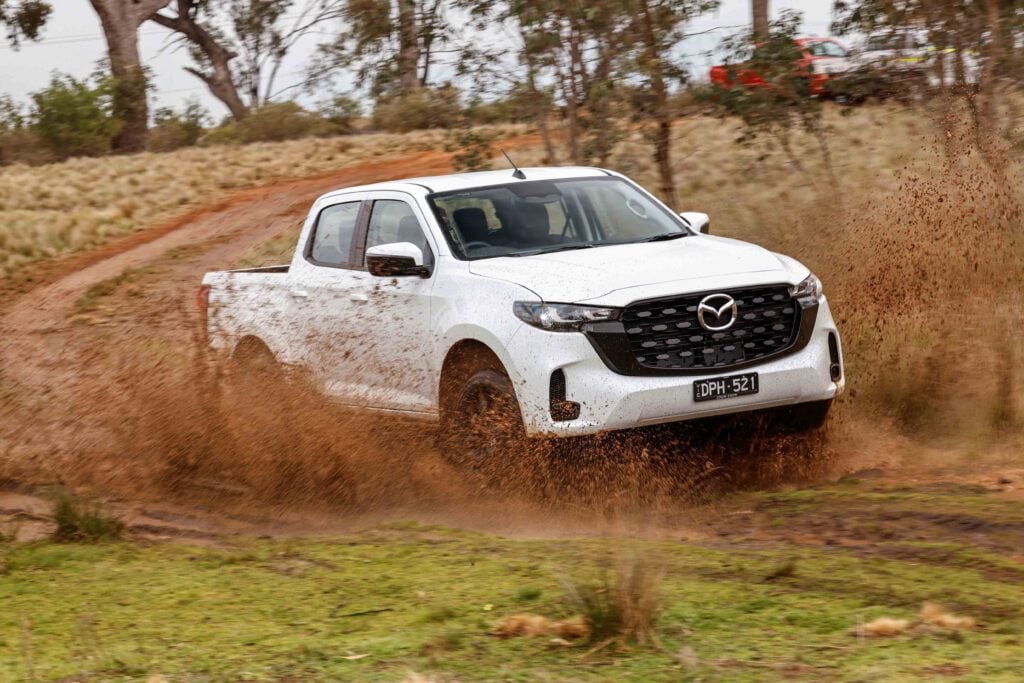
2026 Mazda BT-50 XS 2.2L review
Mazda follows Isuzu’s lead and offers a new 2.2-litre engine and eight-speed transmission option to its BT-50 ute line-up
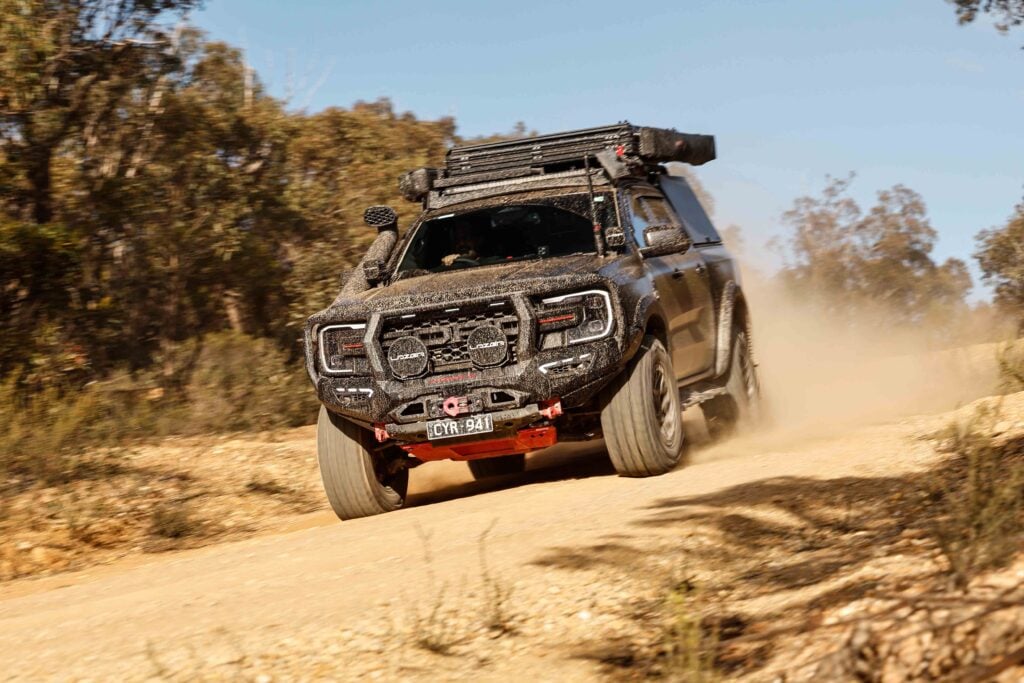
This tough Ranger Wildtrak is in a class of its own
A Ranger build that strays from the usual accessories and modifications resulting in the creation of a unique tough tourer
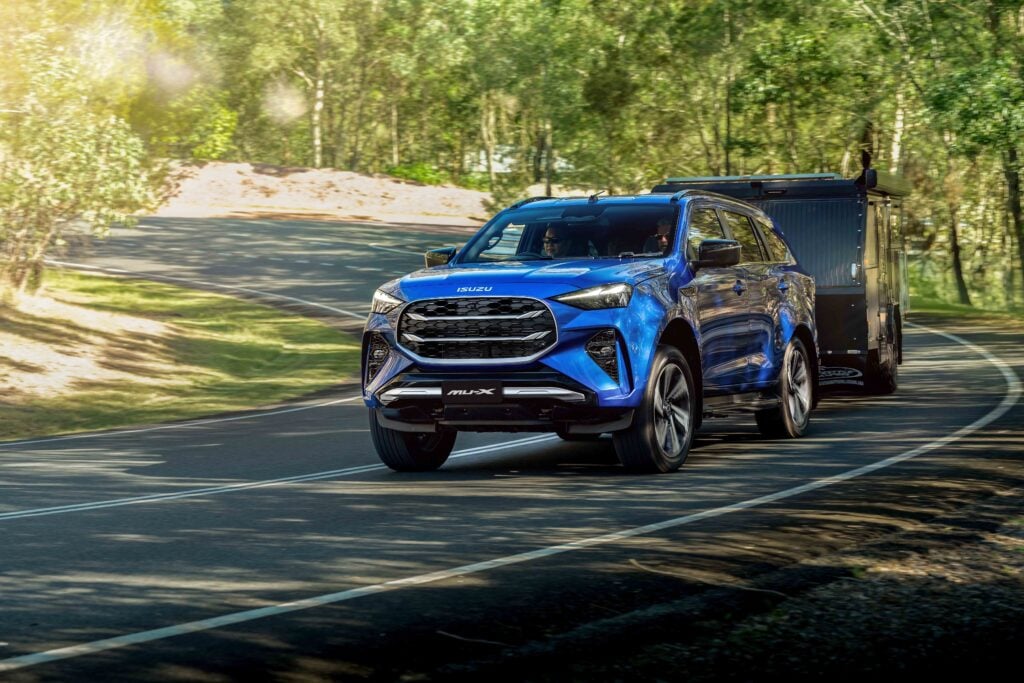
2026 Isuzu D-MAX AND MU-X 2.2L review
Isuzu has just dropped a 2.2-litre engine into the D-MAX and MU-X to meet new emissions regulations. We drive it to see if it’s any good
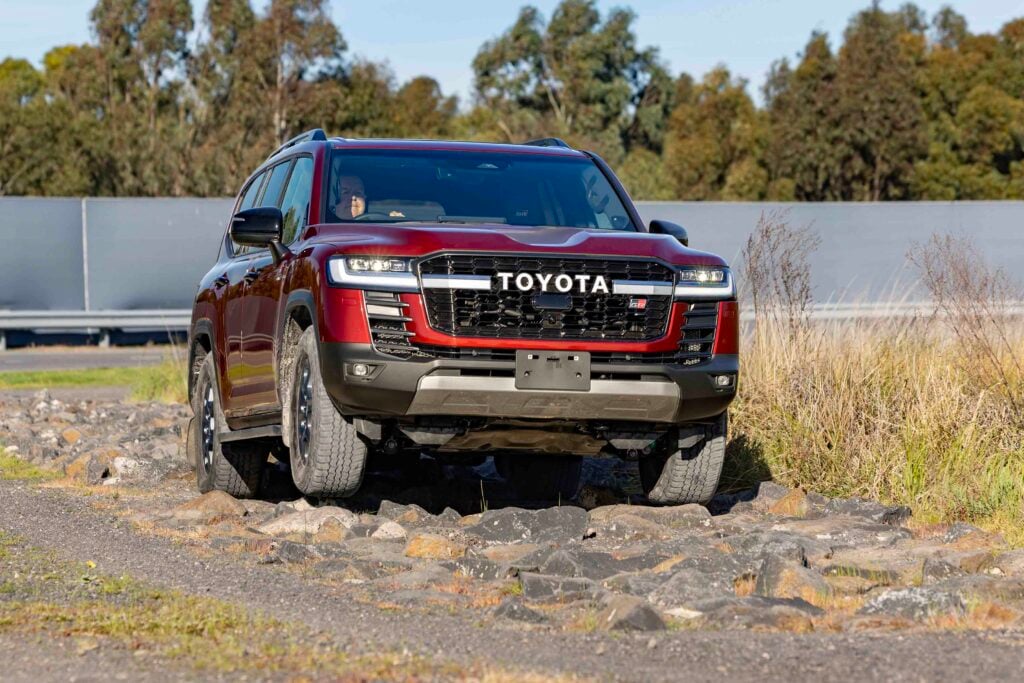
Pre-production drive: 2026 Toyota LandCruiser 300 Performance Hybrid
The Performance Hybrid is set to go on sale in 2026. We took a pre-production version for a quick drive

Nissan Patrol history: 60 Series, MQ, GQ, GU, Y62 and Y63
An in-depth look at the Patrol’s long and proud history
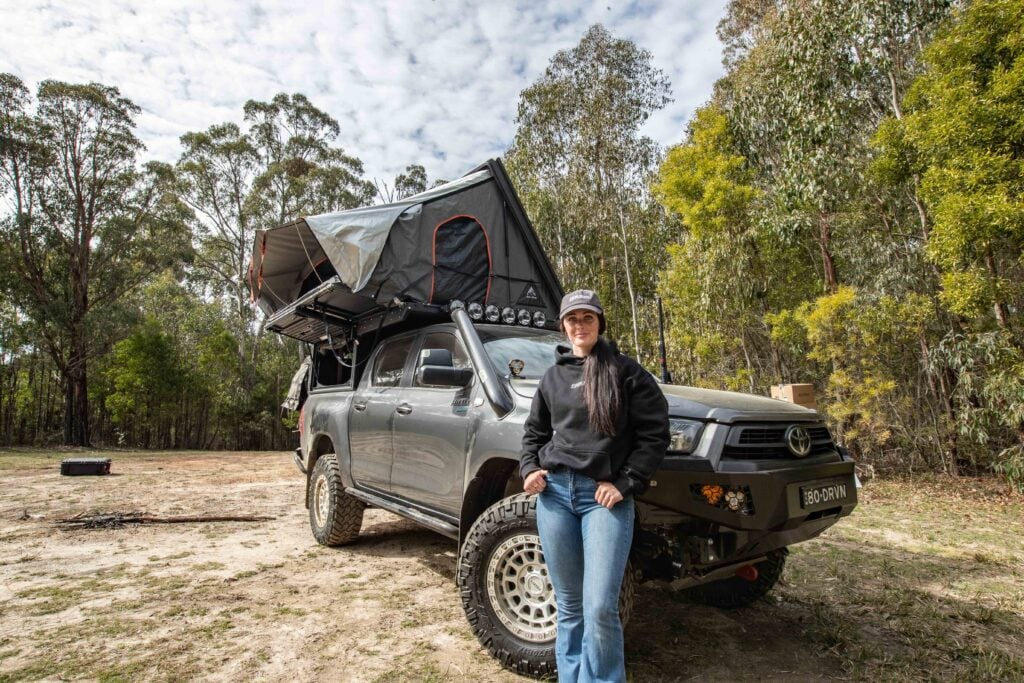
Tour-ready Hilux: Lifted, turbocharged, and street legal
This Hilux pairs a four-inch lift and upgraded turbo with a modular Alu-Cab setup for comfortable off-road touring
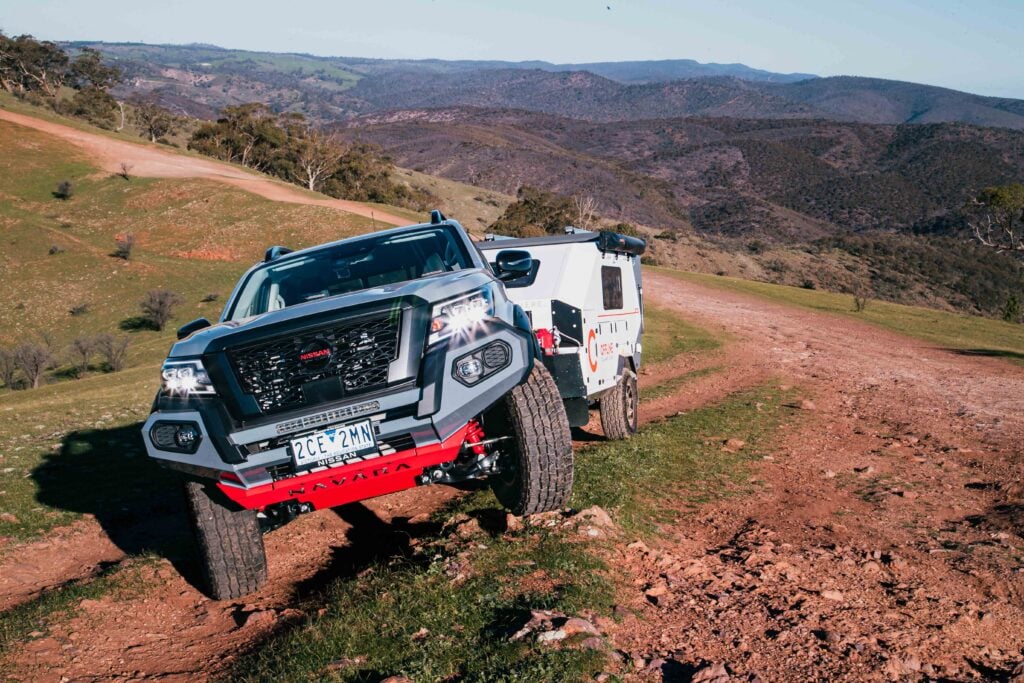
Can the Navara PRO-4X Warrior tow a camper and tackle tough Aussie tracks? We found out
Top-spec Navara put to the test towing an Offline Domino camper
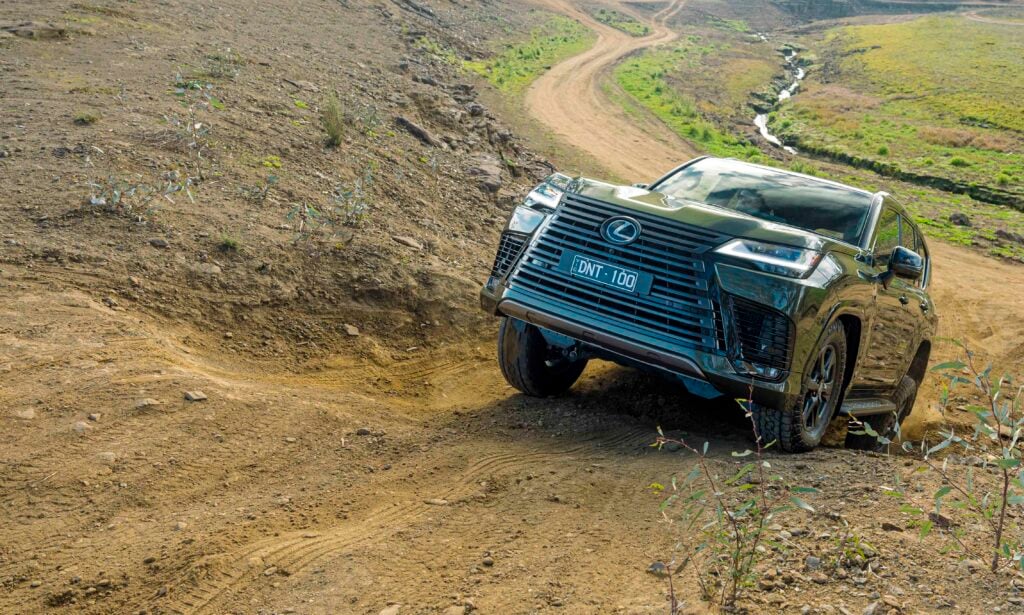
2025 Lexus LX600 Overtrail review: Where luxury meets capability
Lexus has expanded its 2025 LX line-up with the new Overtrail variant, offered in petrol or diesel. We tested the LX600 Overtrail to see how it stacks up
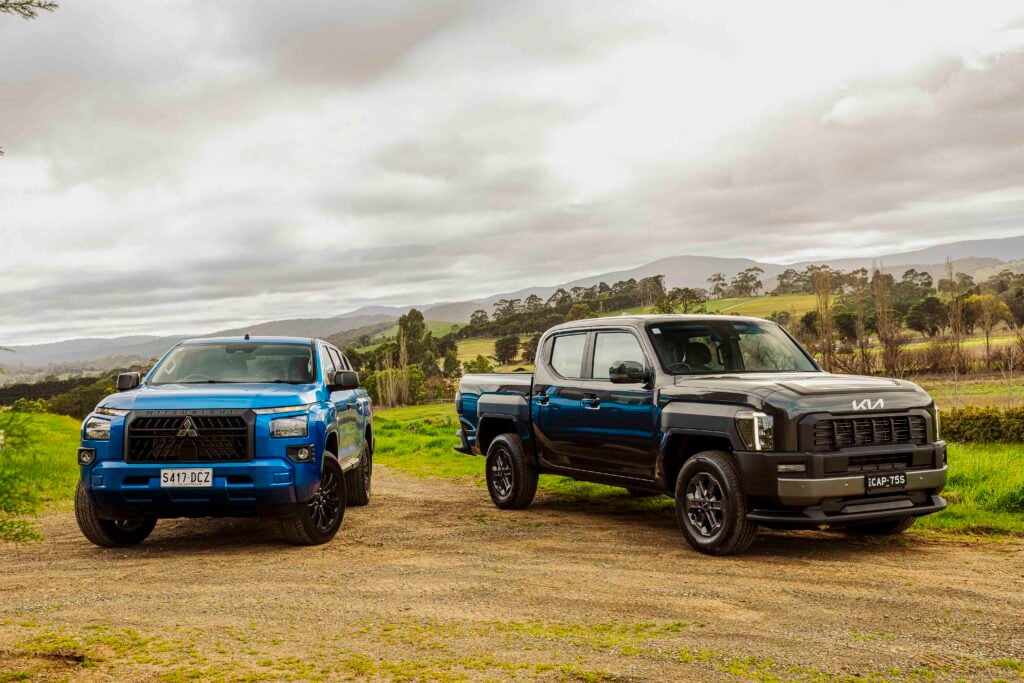
Beauty contest: Kia Tasman SX vs Mitsubishi Triton GLX-R
They won’t win any beauty pageants, but the Tasman SX and Triton GLX-R have plenty to offer tradies, tourers and families alike
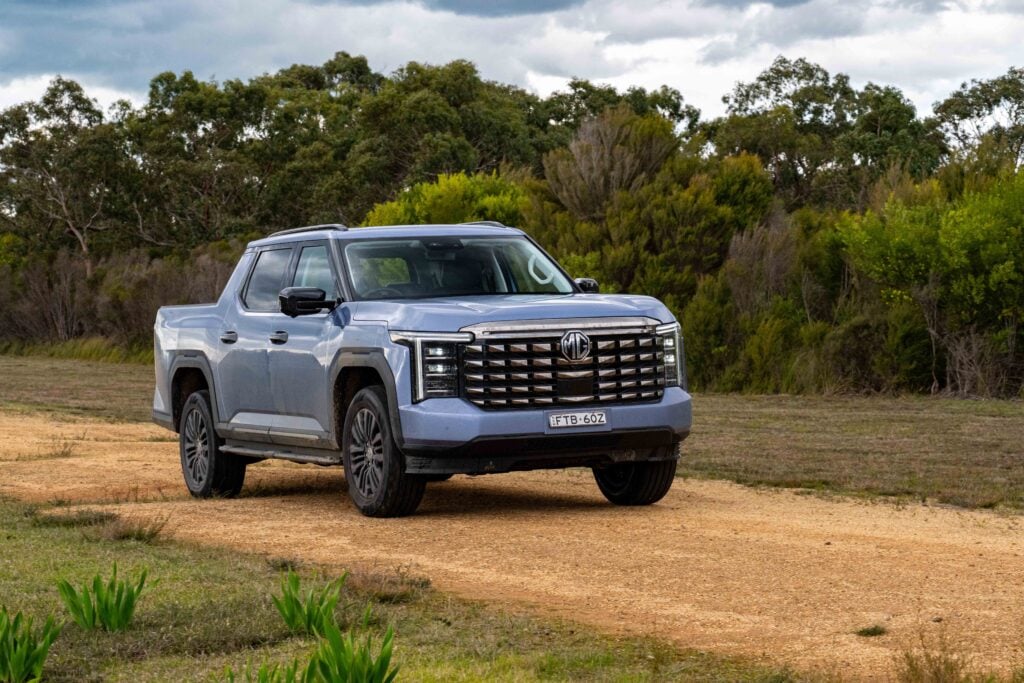
First drive: All-New MGU9 enters Australia’s dual-cab contest
MG has joined Australia’s toughest segment with a bold dual-cab. We sample it on a short off-road drive
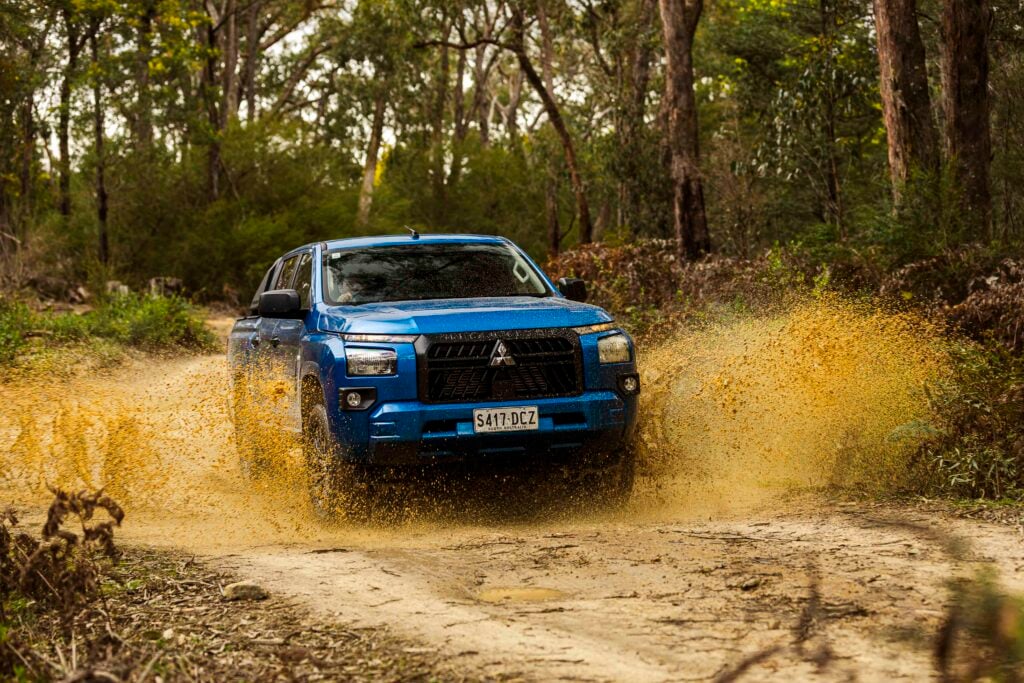
2025 Mitsubishi Triton GLX-R quick review
The GLX-R balances competent on-road driving and off-road ability at a competitive mid-spec price
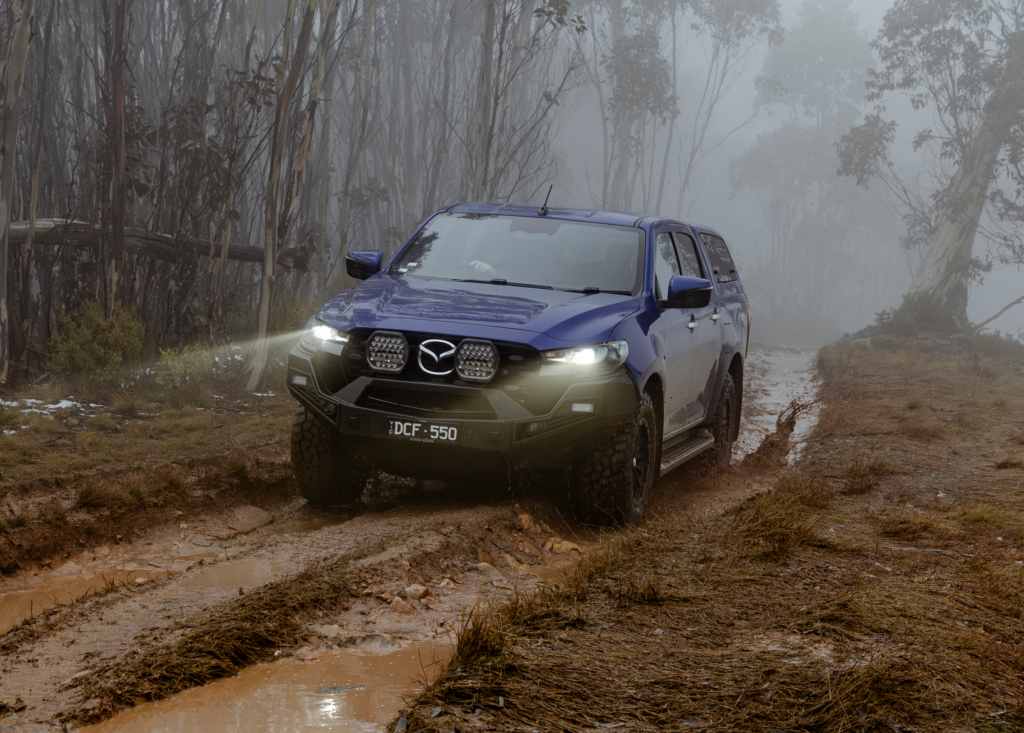
2025 Mazda BT-50 GT long-term review
We’ve added an updated BT-50 to the shed and loaded it up with factory-backed accessories
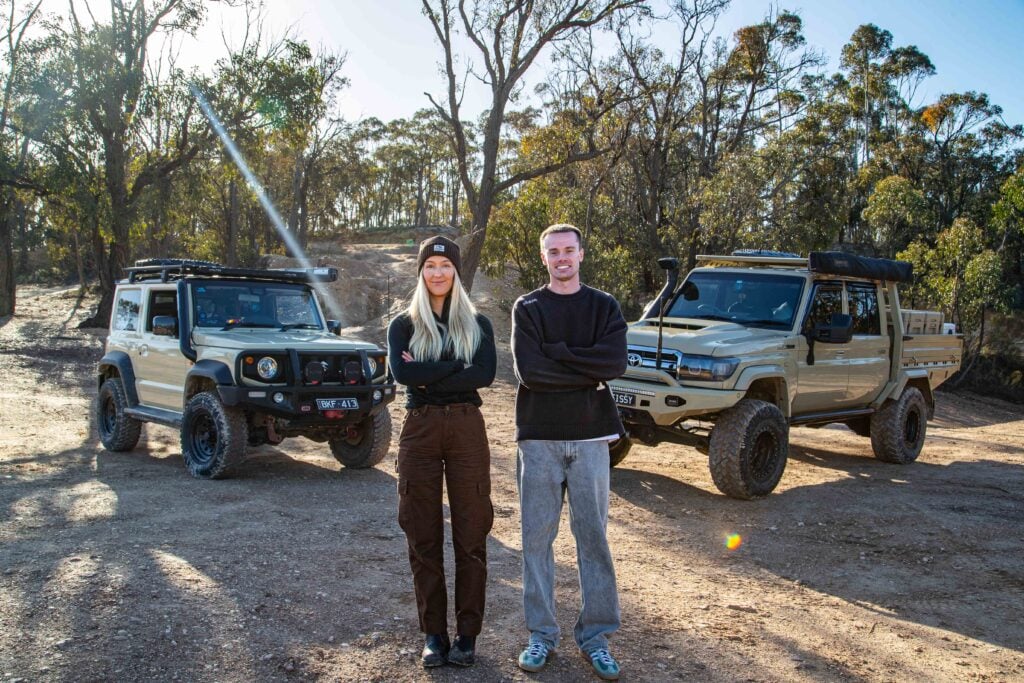
Video: Jimny challenges 79 Series in David vs Goliath showdown
See how a Jimny tackles the trails alongside a 79 Series, in this ultimate off-road showdown
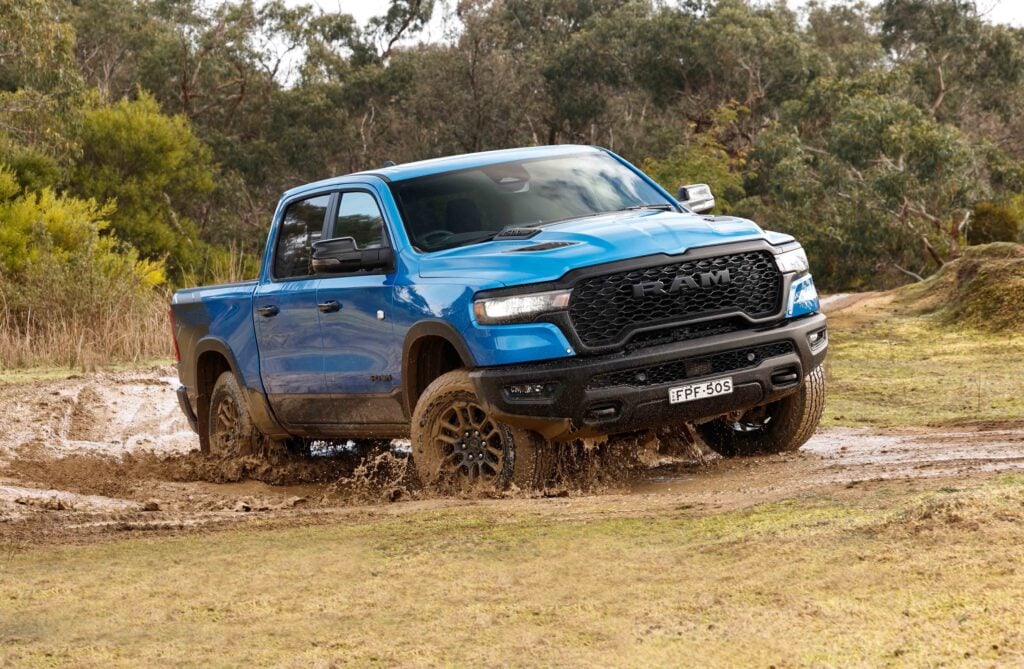
Review: RAM 1500 Rebel brings tougher off-road edge to Aussie line-up
The new RAM 1500 Rebel arrives as a factory-backed, off-road-focused option with serious towing ability

Classic LandCruiser 80 Series transformed into a V8-powered farm truck
Few Toyota 4x4s tick work-and-play boxes like this one-off VDJ-powered 80 Series trayback
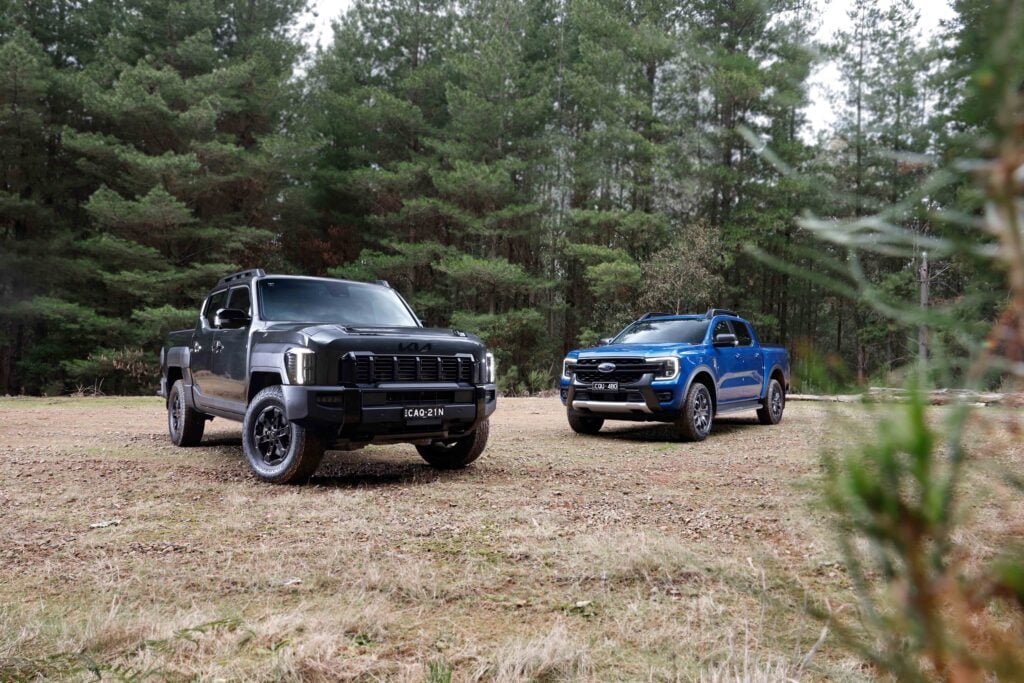
Kia Tasman vs Ford Ranger: Can the newcomer topple the king?
How does Kia’s all-new Tasman measure up against the hugely popular Ford Ranger Wildtrak?